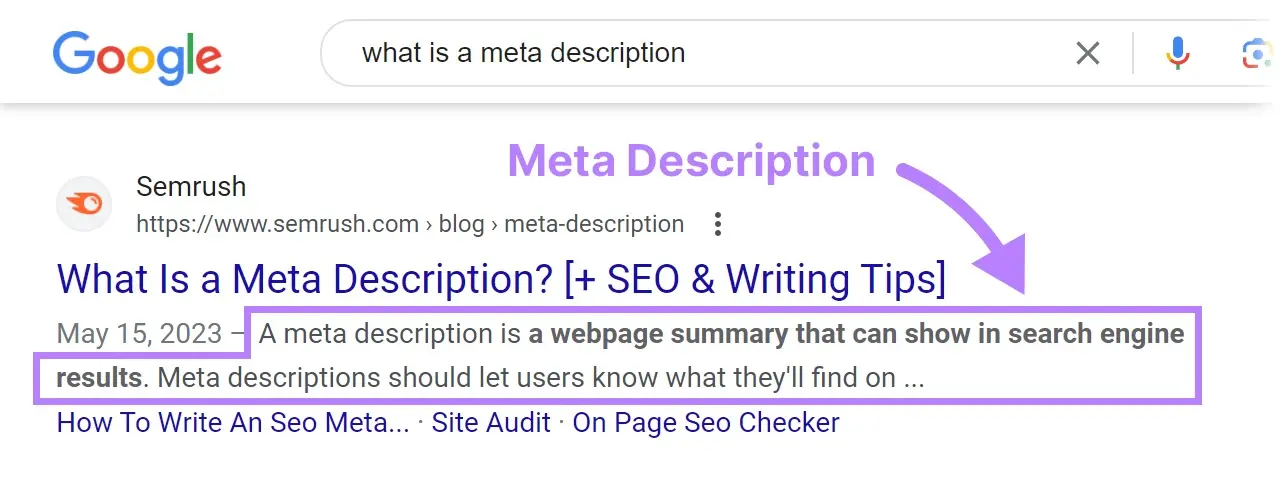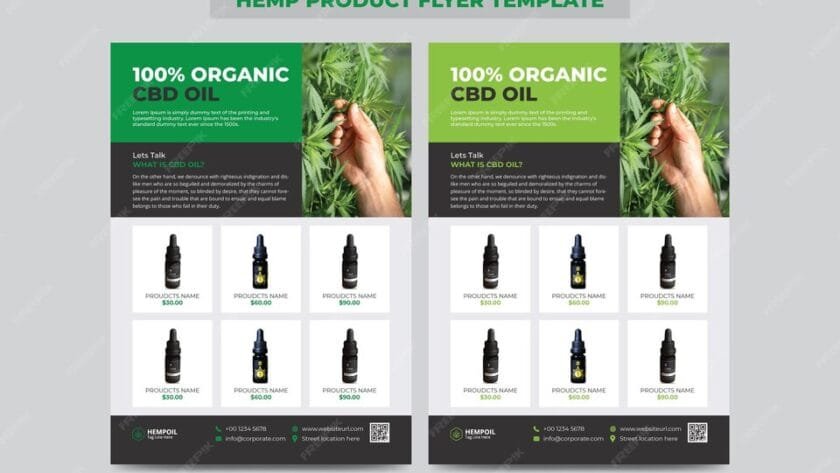Mastering Shopify SEO Best Practices: Boost Your Rankings Fast
In the digital marketplace, SEO is known to be a top-notch skill for e-commerce, so it’s a vitally important feature for every Shopify store owner, who is looking for their products to be easily discovered by people searching on the internet for their brand and quality products.
Shopify SEO is a strategy for you to get more readers through search engines, providing the most competitive content possible for them. Magento, WooCommerce, BigCommerce, and WordPress are examples of other e-commerce platforms where it can be implemented besides just Shopify.
As a real Shopify store owner, I can say that my online store has gained a lot of customers because of a strong SEO strategy. In this text, I am going to tell everyone about what I know and how SEO on Shopify can be used.
Understanding On-Page SEO
One could say that on-page SEO is the whole kaleidoscope of the internal improvements implemented directly on one’s website which are intended to get it to rank on the search results of the browsers. Among the others, content optimization, HTML source code improvement as well as user experiences should better be part of those areas where SEO practitioners should focus more.
On-Page SEO is the process of increasing the degree of the online seller’s website’s visibility in the search engine through On-Page SEO techniques. I have incorporated such techniques and noticed them to be performing positively on my own Shopify store.
Key SEO Best Practices for Shopify
Importance of the Right Keyword Usage
To be on the level of optimization, you should reschedule promotions and complete the keyword research of your website to find the keywords that are closest to the information you would like to provide whereas keywords that your audience uses are the most preferred ones.
For instance, I depend on keyword planning, Ahrefs, and SEMrush, which all the items let me recognize the long key phrases dynamically related to my niche which Google reveals every month. This is an action that I took to get more customer feedback and to get them to discover the shop which is directly to the store as it is now in places on the internet search.
Optimize Title Tags and Meta Descriptions
Crafting Title Tags Like a Pro
One part of the search elements when it comes to on-page SEO is the title tag. The display of the page title tag should follow the requirements such as having the focus keyword and a reflective content piece incorporated within. For instance, a site selling eco-friendly candles can be titled like this: “Eco-Friendly Candles | Eco-friendly & Handmade”. My data show that the good titles written tend to be more motivational, in this regard, the users click on the more effective titles.
Writing Meta Descriptions

Great meta descriptions are known to cause one to get a higher click-through rate (CTR). This excerpt must be short, captivating, and feature any relevant keyword. I normally stick to 150-160 characters for the summary to appear exactly where it needs to be in searches. My concentration gives me captive meta descriptions that give my customers a vivid picture of the product.
Use Header Tags Strategically
Put Structure in Your Writing
Using the header tags H1, H2, and H3 will make your text more structured and coherent. H1 should be the introductory sentence that includes the main keyword in it and the topic of the story. H2 and H3 are the subheadings and more detailed information respectively. The content layout straightforwardly is one of the methods that I have executed to get my store on the best parts in the search engine.
Optimize Product Descriptions

Use a Unique and Descriptive Approach
Most of the time, a sub-standard quality optimizer is the one who preferably decides on the same product to be promoted with it. Instead, to set yourself apart from others one should avoid these mistakes and produce some unique and more detailed contents that include the keywords you spotted. Video ads and product descriptions are some of the resources that I have practised to help me reach my audience. This is the method I followed to reach the more popular sale and return the product.
Improve Image SEO
Optimize the Images for Search
The employment of images is much in evidence in e-commerce. To make the description of the images more search-friendly, use plain names in the files and alt text that includes the keywords.
Furthermore, such a method is beneficial for blind people who will have access to resources in the field of digital technology they are interested in. The introduction of these practices to the working life of my SEO strategy has led to an amazingly large increase in image traffic that is efficiently narrowed to only the number that talk about the shopping area.
Create High-Quality Content
Running a Blog for SEO
the use of a blog to add fresh content to your Shopify store is a great way to generate quality content and deal with long-tail keywords. Always entertained my clients, providing them with the necessary knowledge on the product and the market as a way of asserting myself I secure my position in a niche. I have accomplished by doing so both a sales increase and a customer retention.
Internal Linking
Form a Bullet-Proof Internal Linking Structure
An internal link connects more than one of your site’s pages, making it easier for the visitor to navigate the site and harness more content. It will also be the way the search engines will search over your site in a better way if you use them wisely.
When I need to mention some product using the article or mention some blog post in another article, I usually add anchor text that matches the text with the link which whether for the best effect on the user’s part and my SEO part. Thanks to this technique, the average session duration of my users has increased greatly over the past months.
Improve User Experience
Take Outsite Slowness and Enhance Mobile Usability
User experience (UX) signifies one of the most essential things the search engine takes into account while ranking. I attend to my shop to become one of the sites which is rapid in loading and is, of course, mobile-responsive too.
To spot the areas that need improvement, I use tools like Google PageSpeed Insights. Fulfilment in folks because of premium services and speed in navigation surely increased after this!
Monitoring and Adjusting Your SEO Strategy
Use Analytics Tools

Monitor Your Site’s Performance
To make sure that my shop is always in the head or most preferred by the clients, I usually get first-hand information of what is going on in the shop. I get this information through my use of the tools such as Google Analytics and Google Search Console.
The metrics that give me information about the progress of a customer’s visit to my store are crucial in my decision of those operation modes that are not working well on my site. I direct this data to pursue my SEO plans and check those parts which I can surely improve.
Stay Updated on SEO Trends
Adjusting to the Future Austerity Changes
Search Engine Optimization is never time-standing – it undergoes frequent changes brought about by the searches for more efficient and new ways of information retrieval. I keep myself in the loop with some of the most recent SEO trends and best practices to make my Shopify store remain at the very top. Reading the latest industry news, attending online conferences, and participating in community discussions led me to get that competitive edge.
FAQ: On-Page SEO for Shopify
Q1: What are the most important on-page SEO factors for Shopify?
A1: The title tags, meta descriptions, header tags, product descriptions, image optimization, and quality of the content are the most important elements for your Shopify online store page’s higher visibility.
Q2: How can I improve my Shopify store’s loading speed?
A2: Do optimizations when to be as follows: cut down the image size, use a content distribution network, minimize CSS and JavaScript, and get your theme to be lightweight.
Q3: Why is keyword research important for SEO?
A3: The crux of the problem lies in the connection between your needs and the keywords that you use between them. Utilizing the research, you can know what your potential audience is seeking and produce content that is most relevant to their needs.
Q4: How often should I update my SEO strategies?
A4: Every so often inspect your progress summary and update your strategies given new attractions deals, or changes that occur in the search engines.
Q5: Can blogging make my Shopify store search engine optimized?
A5: Absolutely, the more frequent updating and the better search term usage such as long-tail keywords – all of these help create new and content expand the brand image in the customer’s mind, as a result, SEO can be enhanced.
Q6: What is the connection between internal linking and SEO?
A6: Internal linking makes your platform smooth in navigation and Search Engines easily crawl your content thereby your overall SEO improves as well.
Conclusion
The capability to implement on-page SEO for your Shopify webshop guarantees you’ll get high flexibility and stay on top of the search engine rankings. Through SEO best practices and methods, you can brighten up your website’s visibility so that it will become more popular and succeed among many others in the e-commerce business.
Initially, I tried many methods, but eventually, I chose SEO as the only one to bring the best results. The only way to remain competitive is through a never-ending process of quality monitoring and proper SEO maintenance. Your Shopify store will become a big success if you start practising optimization today!
